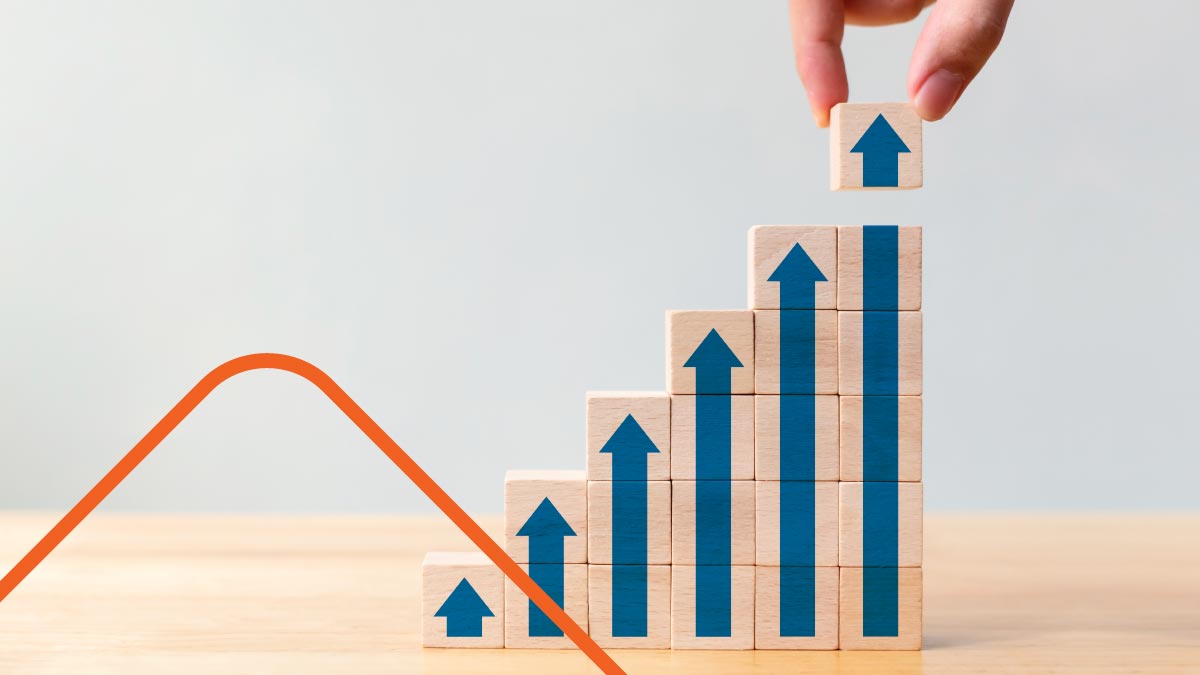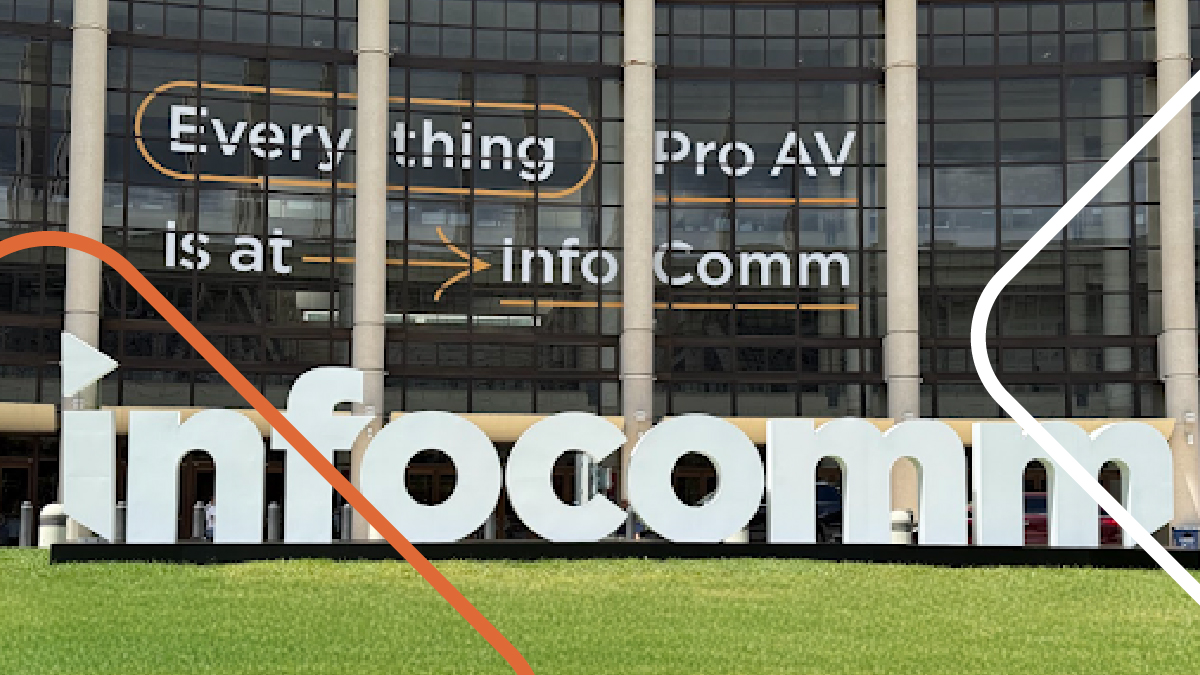
Three IoT trends that will shape retail technology in 2023
November 30, 2022
At its core, technology is about connection. The growing Internet of Things (IoT) embodies this idea perfectly by connecting everyday objects and producing invaluable data about how we interact with household appliances, industrial tools, consumer interfaces, and more.
By 2025, it is estimated that 22 billion devices will be connected through some sort of IoT framework. This upward trend is reflected in Field Nation’s aggregate data, as more companies in the retail sector and beyond tap into field service resources to install cameras, sensors, and other IoT technology that can improve their core business.
This proliferation of devices is also driving demand for field services when it comes to upgrading their wireless capabilities to support this increase in connected devices. The volume of networking work is up 26%.
Field service companies with a good understanding of trends in IoT technology (and the capacity to provide related services) will have an advantage over their competitors. Here are three things service leaders should know about the future of IoT.
1. New consumers are changing retail tech
Another reason retail is embracing IoT technology: it helps them maximize customer experience.
Young consumers, retail’s most coveted target audience, have come to expect a high level of personalization in their shopping experience. They want recommendations, cross-device functionality, and above all, they want everything to be seamless. This degree of personalized, high-touch customer experience is impossible without the data that IoT technology provides through heat mapping, surveillance, and other data collection.
Young consumers are comfortable with this data collection––indeed, they’ve come to expect it. IoT technology helps retailers stay up-to-date with shifting consumer demand.
2. Retail priorities are shifting
Mission criticality is shifting from the back of the store to the front of the store. Translation: retailers are focusing their technology investments on the continuing digitization of the consumer experience.
When it comes to their customers, forward-thinking retailers are striving for a new level of data collection. They want to know everything: how they find the store online, when they are inside the store, even the route they use to navigate the store’s floorplan.
To gather this data, retailers are installing new sensors, cameras, and other aspects of IoT technology. With this new IoT infrastructure, they can create heatmaps of stores to gauge areas of high interest and analyze customer behavior. They can manage inventory using real-time data. In short, they can optimize their operations with a new level of insight.
3. Inventory management
Increasingly, retailers don’t manage inventory––vendors do. This is because, in many cases, the vendor no longer receives payment from their retail client until their product is sold. Under pressurized retail conditions, this type of arrangement is becoming more and more common.
As such, vendors need to leverage radio frequency identification (RFID) to manage inventory themselves. They want to keep their hard-won shelf space, and IoT technology helps them accomplish this.
Retailers want to reduce inventory management’s reliance on human employees.
This is especially notable when it comes to sensor technology, which is becoming integral to everything from kiosk refills to gumball machines. By making a wide variety of devices “smart,” sensor technology gives companies a way to reduce labor by sending back intel that previously had to be collected manually.
Want more insight on IoT trends?
Technicians in the Field Nation network have completed IoT projects for clients all over the country. Connect with our team for more information on how on-demand labor can help you navigate the changing security landscape.
We aim to create content that adds value. To help us iterate and improve, please take one minute to share your feedback on this piece. Your feedback will inform the content we create for you and the market in the future.
RELATED RESOURCES
More from the field
- Labor Marketplace
- Upcoming Webinar
- Labor Marketplace
- Service Coverage
- Infographic
- Business Growth
- Quality Outcomes
- Success Story
Tap into the #1 labor marketplace for IT field service
Field Nation is the leading on-site talent platform connecting companies and service professionals to get work done.







